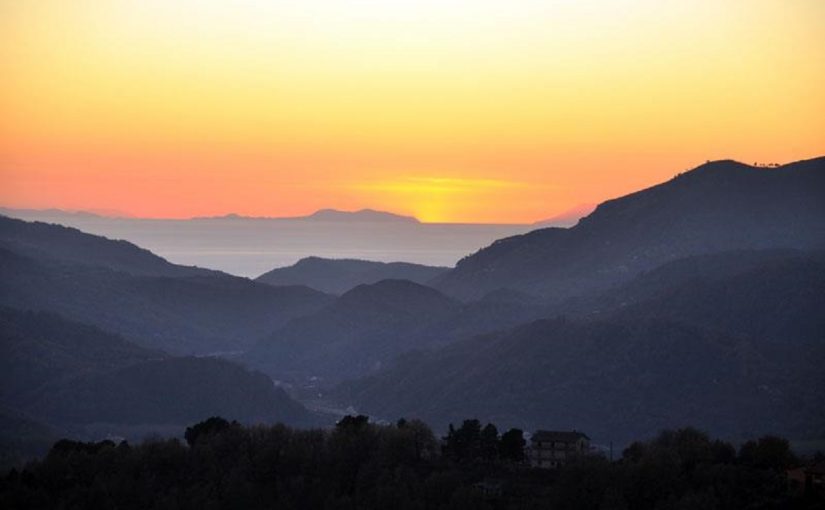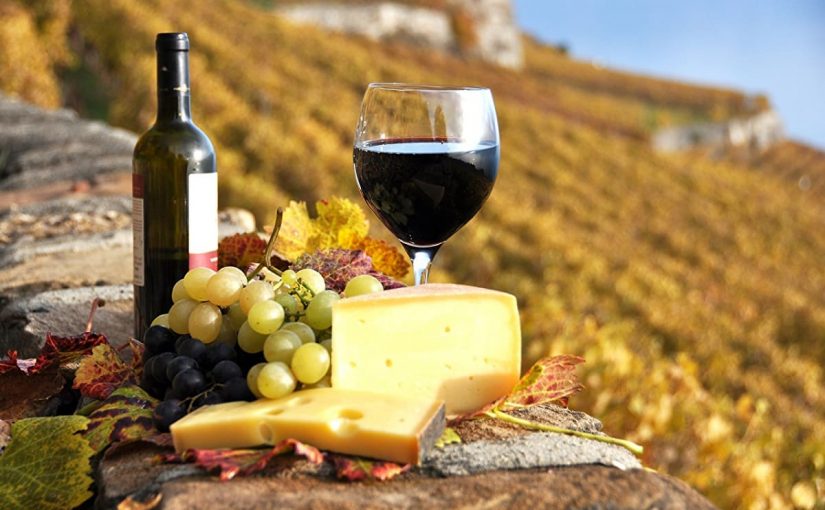27.11.2023
The valley where the vines of Savuto lie is to the south of Cosenza, one of the largest towns in Calabria. Most of the wines made here are blends, likely of grapes such as Gaglioppo (or Arvino as it is known here), Greco Nero, Aglianico or Magliocco, cultivated on old bush vines.
The starring of the area is, anyway, Savuto DOC, an honest, hearty Calabrian country wine with plenty of dark, cool cherry fruit, some herbs and animal leather. The taste is juicy and long, with very fine tannin maturity and scents of forest floor and mushrooms.
THE LAND OF THE WINE
The vines are grown in the Savuto valley, which is situated in the municipality of Marzi near Cosenza, but the Savuto River begins high up on La Sila, a mountainous plateau that descends towards the Tyrrhenian Sea. The mountainous topography around Savuto helps to channel the air movements up and down the valleys, giving rise to breezes that are very useful for a healthy production.
The Savuto Valley is home to many towns (Aprigliano, Parenti, Rogliano, Santo Stefano di Rogliano, Marzi, Carpanzano, Malito, Scigliano, Pedivigliano, Altilia, Grimaldi, Aiello Calabro, Martirano, San Mango d’Aquino, Savuto, and Nocera Terinese known collectively as “towns of the Savuto”. They are, all together, the so-called “Paesi del Savuto”.
The Savuto Valley takes its name from the river that lies at the intersection of the provinces of Cosenza and Catanzaro. The name of Savuto River comes from the Latin “Sabutus” and the Greek “Ocinaros” (meaning “that flows quickly”). Savuto is also the name of a small village near the river.
The river originates in La Sila and descends to Tyrrhenian Sea at the Gulf of Sant’Eufemia, after a run of 48 kilometers (30 mi).
Savuto DOC wine takes its name from the vineyard that lies on the delta of the Savuto River facing the Tyrrhenian Sea. The hilly area is well ventilated and produces perfumed wines that are light but rustic. In the delta area, there are 21 hectares of vineyards, located at approximately 500 meters above sea level. The keynote of the vineyards is that they lie in a humid delta, which is preceded by beautiful and majestic mountains, where the river descends the fertile valley to the Tyrrhenian Sea. Therefore, vineyards are well ventilated (the method of cultivation is Guyot), and allow the grapes to develop expressive perfumes.

FEATURES
The Savuto DOC title was introduced in 1975, along with the titles of its neighbors Pollino and Donnici, and its area also lies to the north up the Crati River Valley.
The grapes of Savuto are carefully selected and handpicked, then gently pressed. The grapes are: 45% Gaglioppo (locally called ‘Arvino’), 25% Aglianico; 20% Magliocco Canino, 5% Greco Nero, and 5% Nerello Cappuccio.
Those grapes, used to make the Savuto wines, give rise to red (rosso) and rose (rosato) wines. The fermentation happens in stainless steel tanks, while aging requires steel vats for 4 months.
The impressive blend of Savuto is described as a dark red wine, full of tobacco aromas and dark flavors, medium bodied, with sweet tannins, and unoaked.
Others say that it shows a young expression of berries (blackcurrant and blackberries), some thyme on the nose, soft fruit and spices (cinnamon and pepper on the finish).


